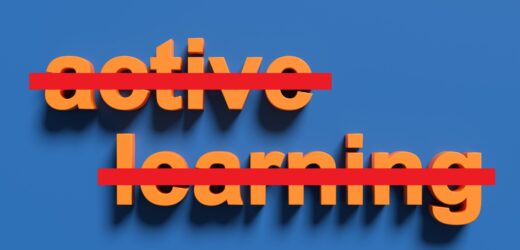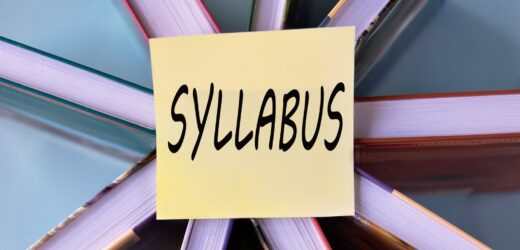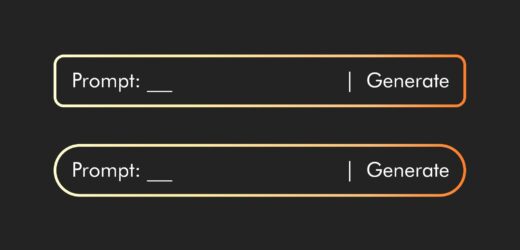Relax. Deep breaths. It is going to be okay. How many times do you say something similar in face-to-face classes? After giving out assignment directions, what kinds of additional verbal instructions or tips do you offer students? These unplanned pep talks and additional information help reassure students and provide needed additional guidance beyond the written directions.
Connecting with Students in an Online Class

Related Articles
I have two loves: teaching and learning. Although I love them for different reasons, I’ve been passionate about...
Active learning is a mostly meaningless educational buzzword. It’s a feel-good, intuitively popular term that indicates concern for...
Perhaps the earliest introduction a student has with a course is the syllabus as it’s generally the first...
Generative AI allows instructors to create interactive, self-directed review activities for their courses. The beauty of these activities...
I’ve often felt that a teacher’s life is suspended, Janus-like, between past experiences and future hopes; it’s only...
I teach first-year writing at a small liberal arts college, and on the first day of class, I...
Proponents of rubrics champion them as a means of ensuring consistency in grading, not only between students within...








